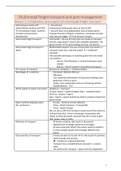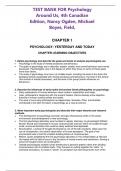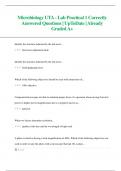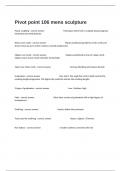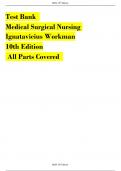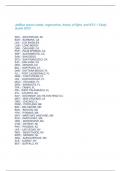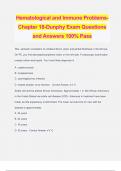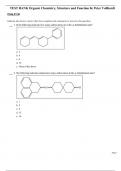Samenvatting
Summary/ glossary of the subject: Multimodal freight transport and port management.
- Instelling
- Katholieke Universiteit Leuven (KU Leuven)
A summary in the form of a glossary of the subject matter for Multimodal freight transport and port management given by professor Coeck. All the slides to be known have been integrated in the summary and also the images and schedules have been included where relevant.
[Meer zien]
